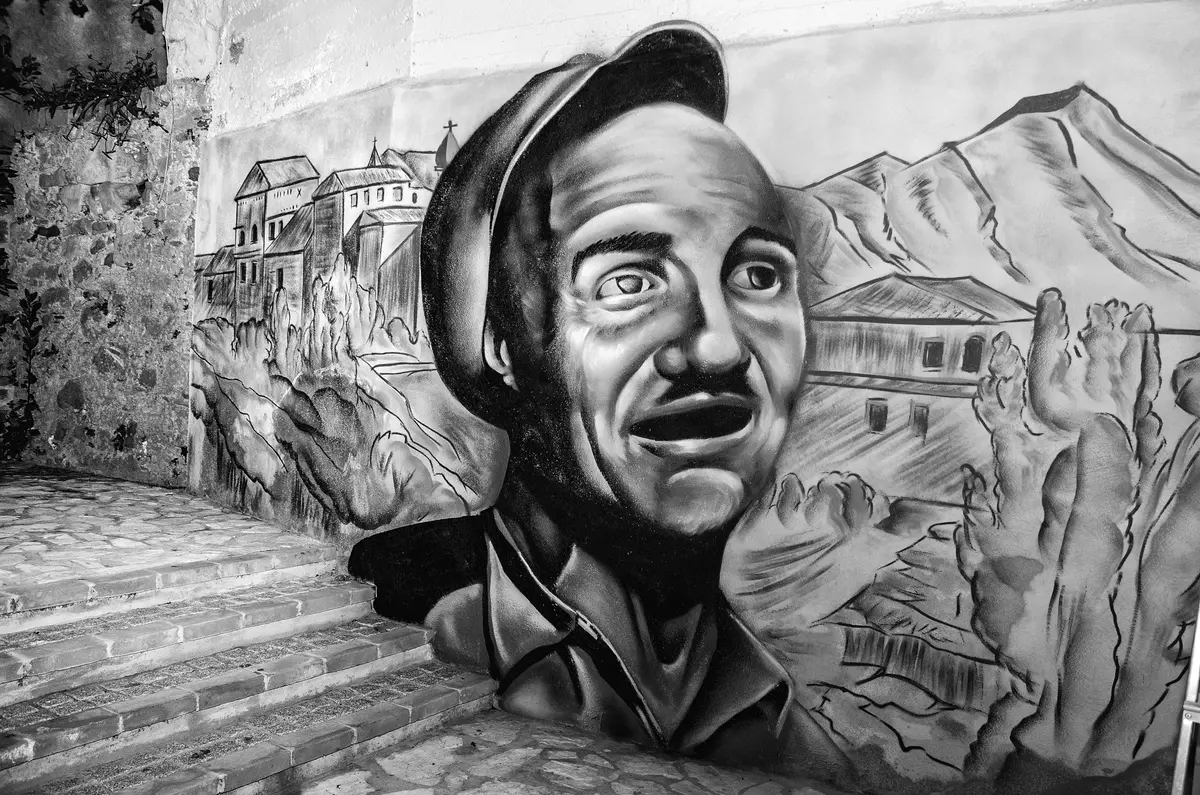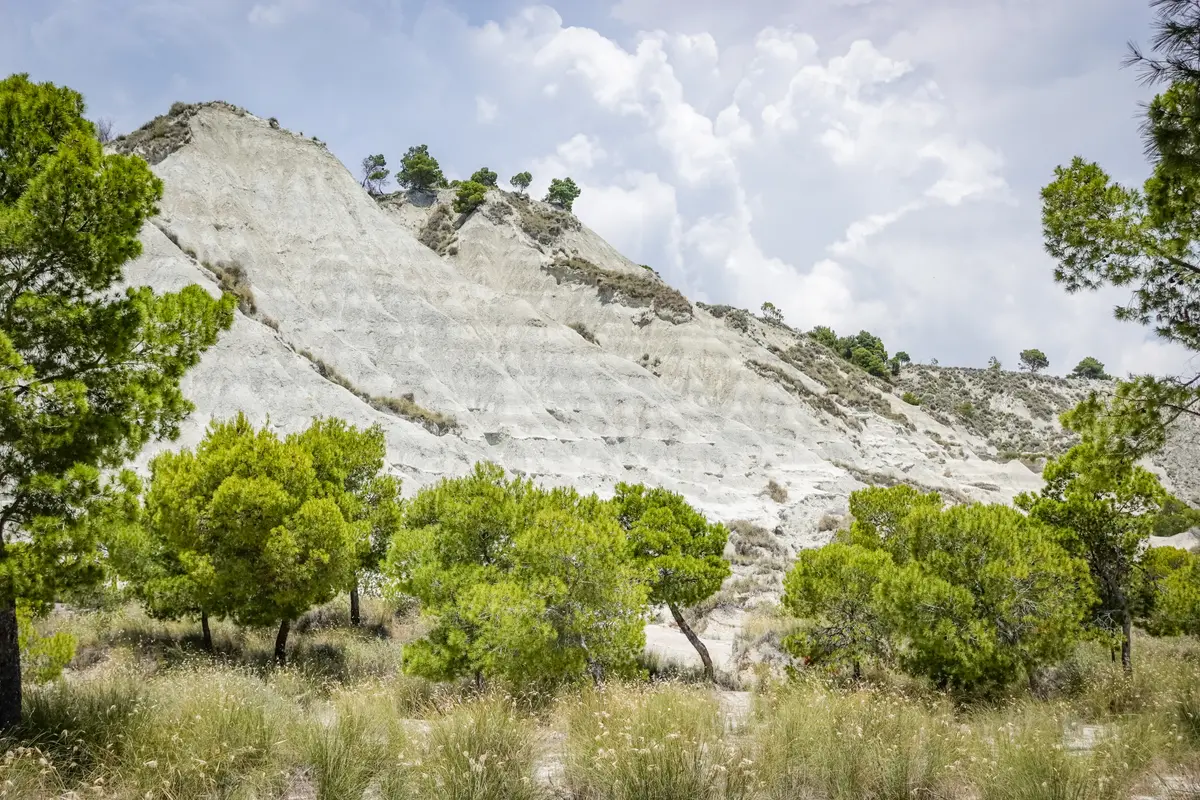Staiti

Town
Staiti was probably settled as one of Brancaleone casali (originally it consisted of a group of dwellings inhabited by shepherds and peasants). The first settlement probably dated to the 15th century, under the rule of the Ruffo Family. The first documented evidence of its name, however, is datable to 1571, when Alfonso d'Ajerbo d'Aragona (the Brancaleone lord and Giovanna Ruffo’s husband) sold the land to Cristofaro della Rocca di Messina for 20.000 ducats. Alfonso had the fief back in his possession by inheritance but his debts forced him to sell it again. It was purchased for 30.000 ducats, by royal assent dated June 7th 1572, by Eleonora (Dionora) Stayti, a Messina noblewoman who gave it to her son Andrea Stayti Spatafora when he married Ippolita d'Ajerbo (Alfonso’s daughter). It was the feudatory family that probably gave the village its name and contributed to its development (it also gave its coat of arms to the Università). Staiti and the nearby Brancaleone shared the same feudal destiny. In 1816 it was the main mandamento town among the municipalities of Brancaleone, Bruzzano, Ferruzzano and Palizzi. Different theories on the origins of the village exist. A legend goes that in ancient times, a temple stood on the village site. It was erected in the 5th -6th century by some Epizephyrian Locrians to thank the god Neptune for saving them during a tempest. The legend has it that the statue was covered with a precious jeweled mantle that was stolen by Hannibal when he was in Calabria to punish the Locrians sided with the Romans. The assumption of the existence of a temple dedicated to Neptune was supported by the discovery, near the present-day church, of a coin reproducing Neptune and his trident. Assumed that the temple really existed, the Basilian monks took possession of it between the 7th and 8th centuries and transformed it into a Greek Church dedicated to Madonna del Tridente (a probable reference to the Sea God), later called Tridetti. According to a different etymological interpretation, the word might derive from the Greek tridactilon (three fingers) to indicate the blessing Child in the Virgin’s arms. The only document referring to the Church dates to 1060. It is the privilege through which Count Roger of Hauteville granted a part of the income of the Abbey to the Bova Chapter on which it depended. Scholars claim that such an event could occur only if the Basilian Monastery was established before the year 1000 and, at that time, it had to be an important one. Paolo Orsi, the archaeologist who supervised Calabria Antique and Artistic Heritage discovered the building in 1912 and dated it to the 11th century, thus confirming the theory of a pre-existing temple.
Useful information
What to know about Staiti
Where to Sleep
There are 1 available accommodations.
Infopoint Staiti
Staiti
No result









